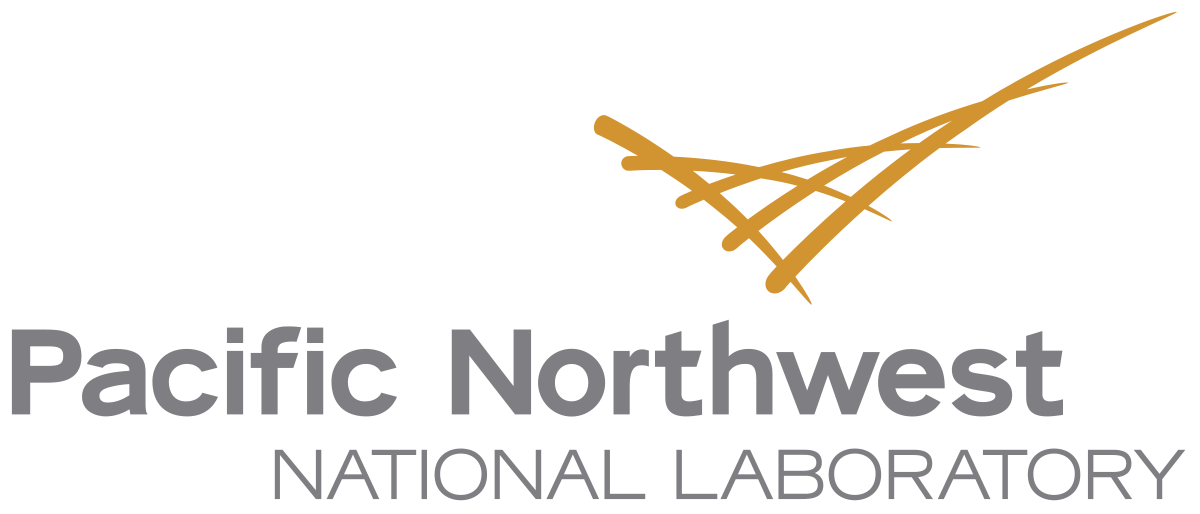Part 1 of 2 Parts
In the early days of nuclear power back in the middle of the last century, there was a concern about the supply of uranium needed to fuel nuclear power reactors. The concept of recycling spent nuclear fuel was researched as well as the idea of special “breeder” reactors that could generate more radioactive material than they burned. It turned out that uranium is very common and there are many deposits of various grades of uranium ore around the world. Attempts to build and operate facilities to recycle spent nuclear fuel have foundered with some plants never being completed and others being closed for technical and economic reasons.
Spent nuclear fuel from nuclear power reactors still has about ninety five percent of fissionable uranium and plutonium isotopes. The problem is that byproducts of nuclear fission “poison” the fuel to the point where the fuel is no longer useful and has to be replaced. This high percentage of unused fissionable uranium and plutonium in the spent fuel prompted scientists and engineers to consider and research the idea of recycling the spent nuclear fuel in order to recover fissionable materials which could then be used to make new fuel. It turned out to be a very difficult and complicated process to recover and separate different elements from the spent nuclear fuel. Today, spent nuclear fuel is being stored with the intent to bury it permanently in underground repositories.
Researchers at the Pacific Northwest National Laboratory (PNNL) have developed an innovative technology to quickly separate, monitor and tightly control specific uranium and plutonium ratios in real time. This is a very important achievement in the efficient control of the output of the recycling process and the safeguarding of nuclear materials.
Gregg Lumetta is a chemist and laboratory fellow at the PNNL. He said, “Spent nuclear fuel contains roughly half of the periodic table. So, from a chemistry standpoint, there's a lot going on. And to reduce proliferation risk, it is best if pure plutonium is not produced at any point in the separation process.”
In Asia, there are concerns about plans for reprocessing by Japan, China and South Korea. There are political tensions between these countries over recycling of spent nuclear fuel. Each country is worried that the other countries might recycle spent nuclear fuel in order to produce pure plutonium for nuclear weapons.
With the rising demand for low-carbon sources of electricity, many experts are promoting nuclear power as part of the green-energy mix. They are especially enthusiastic about the new generation of advance nuclear reactors that are being developed. However, there are still big challenges to be met such as what to do about all the spent nuclear fuel that has been accumulating for decades and how the new advanced reactors will be fueled.
Amanda Lines is a PNNL chemist. She said, “Perhaps, these challenges have the same solution—recycling spent nuclear fuel to make new fuel. In a world of increased energy demand challenged by growing carbon footprints, how can we better use spent nuclear fuel?”
Please read Part 2 next
